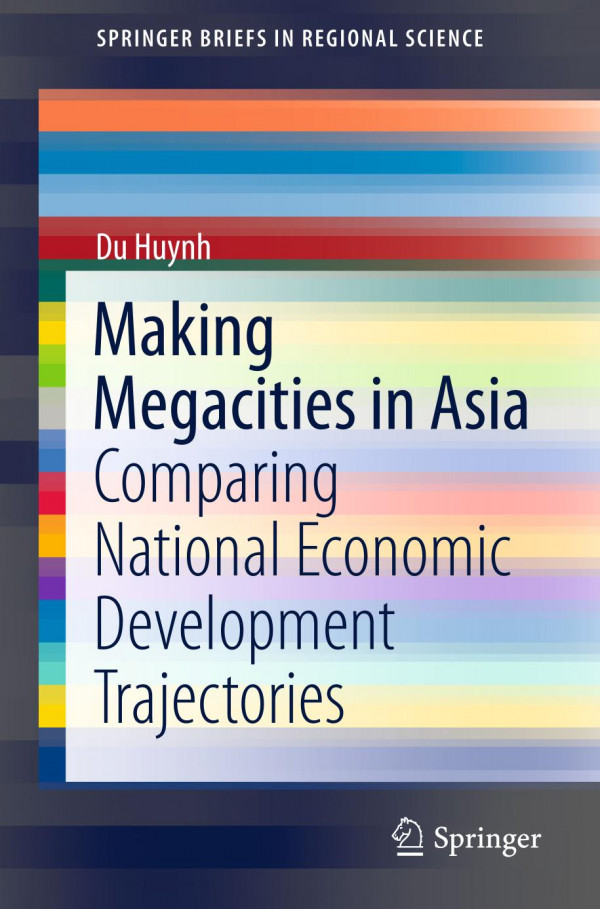

Most ebook files are in PDF format, so you can easily read them using various software such as Foxit Reader or directly on the Google Chrome browser.
Some ebook files are released by publishers in other formats such as .awz, .mobi, .epub, .fb2, etc. You may need to install specific software to read these formats on mobile/PC, such as Calibre.
Please read the tutorial at this link: https://ebookbell.com/faq
We offer FREE conversion to the popular formats you request; however, this may take some time. Therefore, right after payment, please email us, and we will try to provide the service as quickly as possible.
For some exceptional file formats or broken links (if any), please refrain from opening any disputes. Instead, email us first, and we will try to assist within a maximum of 6 hours.
EbookBell Team

4.4
22 reviewsThis book analyses and compares the development paths of five major cities in East and Southeast Asia since the early 1960s, including Ho Chi Minh City, Jakarta, Manila, Seoul, and Shanghai. In examining these five cases through a carefully crafted conceptual framework, the author excavates an understanding of the dynamics that have enabled Seoul and Shanghai to become highly competitive as major engines of economic growth, while simultaneously accounting for why the other three cities have faced numerous problems in terms of meeting their development goals. Presenting both quantitative and qualitative data to trace the course of changes between 1960 and 2015, the case studies curate six possible explanations for the different cities’ developmental trajectories. The book considers the national development strategy matters to the development of cities and positions the share of budget revenue retained for cities’ expenditure as critical. The author demonstrates that consistently pursuing long-term strategies is important, and that public entrepreneurship with powerful supporting coalitions is vital. The book illustrates how master plans have played limited roles in the building of cities, and that fragmented governments are often at the root of the problems facing a city’s development. This book will be highly relevant to researchers in international and Asian urban development.